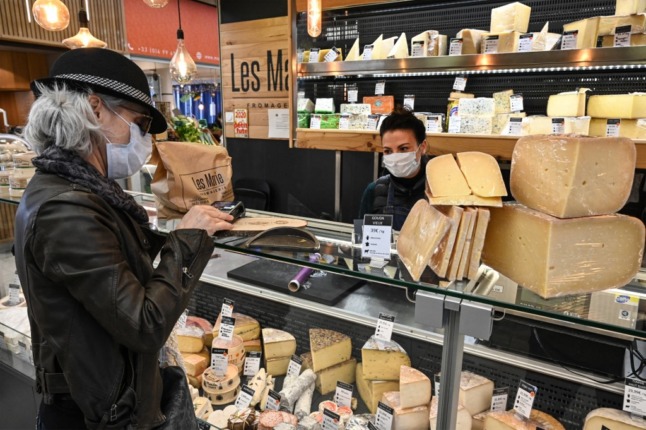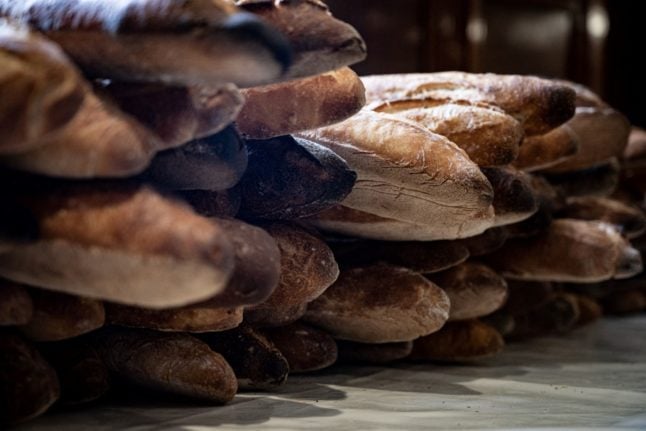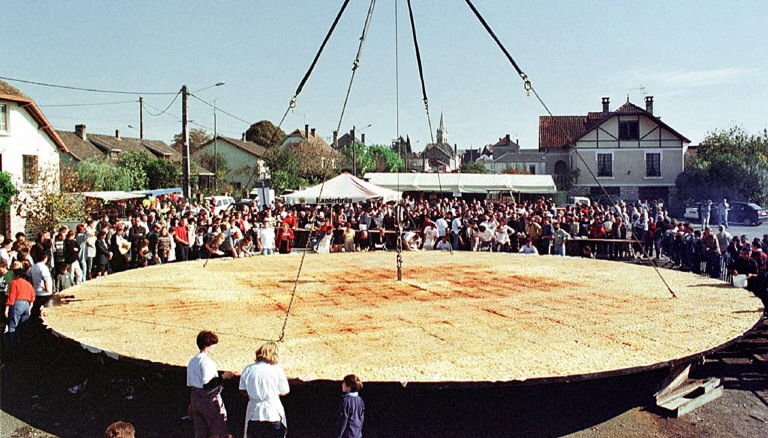Here are our tips for cheese-buying in France.
Ask for help
France has thousands of fromageries and even small towns will usually have at least one. As well as obviously having lots of cheese, they also have staff who are generally knowledgeable and helpful.
While you can of course just pick whatever you like the look of, if you feel spoiled for choice don’t be afraid to ask for advice.
Most staff are delighted to help and will steer you towards a good selection and highlight cheeses that are local, in season or just particularly good – and almost all fromageries offer free samples to taste.
They can be pretty passionate about their product – as The Local’s Europe editor Ben McPartland found out when he tried to buy the ‘wrong’ type of cheese to make a fondue.
READ ALSO The 8 ‘cheese families’ of France
Supermarkets
Although fromageries are great, that doesn’t mean that French supermarkets don’t have a good cheese selection too.
Most of the bigger supermarkets have a deli counter with a wide selection of cheeses, often with an emphasis on local products.
Although the deli counter assistants are not specialists, some are also happy to offer advice. Free samples, however, are not standard practice.
Eat cheese every day
While almost all French people eat at least some cheese (veganism is still relatively rare in the country, especially outside Paris), 46 percent of them eat cheese every day.
This is especially important to you as a newcomer – if there are 1,000 French cheeses it will only take you two-and-a-half years to try them all if you eat a different one every day.
OK, that might be a slightly ambitious goal. But you might make more new discoveries if you eat a small amount of cheese regularly and differentiate the varieties that you buy.
If you’re having lunch or dinner in a café or restaurant, remember that most places offer an assiette de fromage (or a chariot de fromage if you’re somewhere fancy) to round off your meal.
READ ALSO Your guide to French cheese etiquette
Keep your cheeseboards simple
It might be tempting to buy all the cheeses at once, but if you’re putting together an after-dinner cheeseboard, you wouldn’t normally have more than 5 varieties – some say 3 – otherwise all the flavours get lost.
You would normally try to mix the types of cheese, and have one hard, one soft, one goat’s cheese and one blue cheese – and then eat them in the order mildest to strongest, so that the Roquefort doesn’t drown out the more delicate flavour of the brie.
It’s really down to what you like though, so there’s no law about having a goat’s cheese on the board if you don’t like it.
Serve warm (with wine)
You don’t have to drink wine with cheese, of course, but a good wine pairing can really enhance the flavour of your cheese.
You generally serve red wine with cheese, although sometimes dessert wines can pair with strong cheeses.
But the best thing you can do for your cheese is to take it out of the fridge well in advance of serving it – room-temperature cheese has bags more flavour than one cold from the fridge, and it will also allow the soft cheeses to ooze and flow correctly.
READ ALSO 8 tips for buying wine in a French supermarket
Not just after-dinner
Cheese has many more applications than simply a cheeseboard and it’s good to ring the changes with how you serve.
Unlike German and Scandinavian countries, cheese for breakfast is rare in France (although you sometimes see fromage blanc, which is more like yoghurt, with fruit), but every other meal can and does involve cheese. Some meals (like fondue) are basically entirely cheese.
Some cheeses are specific to a dish, such as Raclette (which is usually melted and poured over potatoes, cured meats and pickled vegetables) or Reblochon (the traditional cheese for making Tartiflette).
For a more casual cheese option ordering a planche with a couple of drinks in a French bar is a great option – it’s a platter of cheese or charcuterie (or both in the case of a planche mixte) with bread.
READ ALSO The 6 best French cheese dishes
Babybel is for kids
You can buy the individual soft Babybel cheeses, in their distinctive red wax wrappers, in French supermarkets, but they’re generally understood to be for children. The same goes for La Vache qui Rit.
In fact, French supermarkets tend to segregate all non-French cheese into a separate section – or even a separate aisle – so if you’re hunting for Parmesan to go on your pasta or feta to go in a salad, it might not be next to the French cheeses.




 Please whitelist us to continue reading.
Please whitelist us to continue reading.
I always ask for help in choosing. I mention what I already like, and we take it from there. But never feel guilty about eating the same cheese all the time. I love 18 month Comte. I can eat it everyday easily. As a yearly tourist I always try some blue cheeses. You have so many different ones. And some are spectacular for me! Another thing I have learned is to only buy what you personally like. For me that means no goat cheese. Do not feel embarassed by this, I always say that the french have so many different cheeses I can eat what I love. And I eat a lot of cheese. :))
It’s not true that red wine is always best for cheese – many cheese experts recommend white for at least half of them, and for some – goat in particular – white is always recommended.